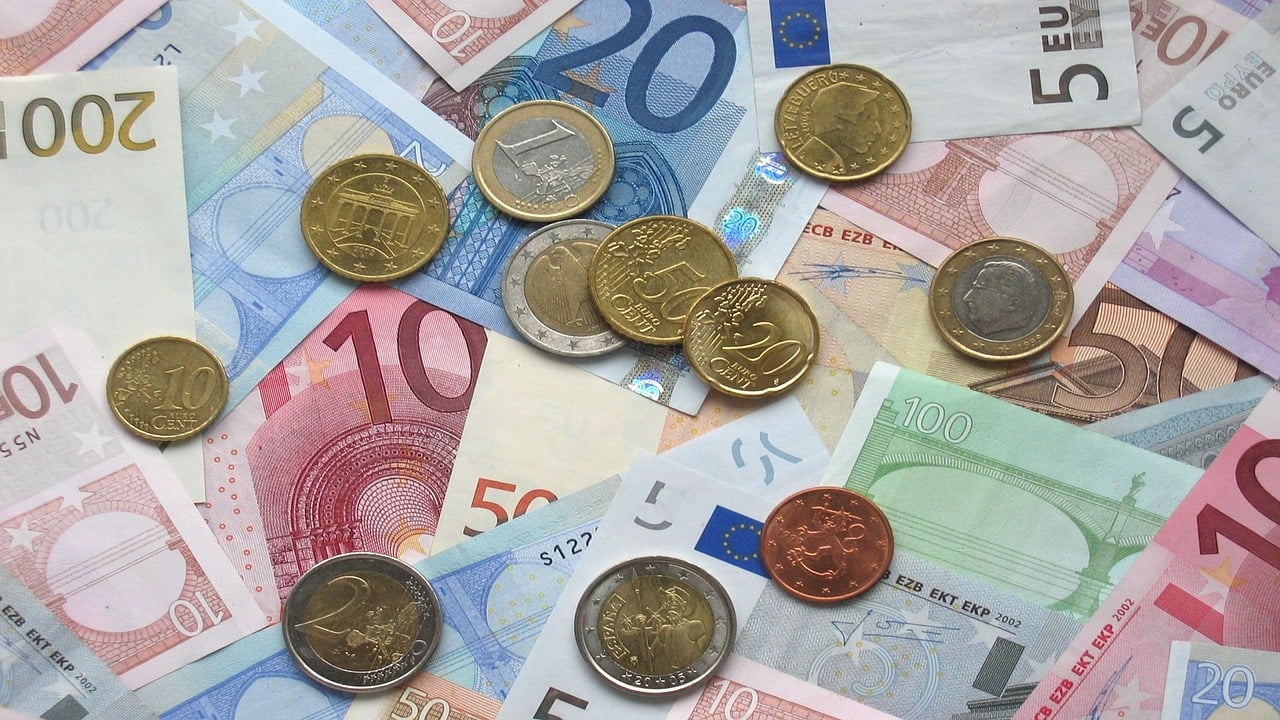When it comes to government borrowing, the US has by far the highest external debt of about $20 trillion. But it’s not the most indebted country on the planet due to its economic prowess. Its debt-to-GDP ratio is about 103.4% according to the CIA World Factbook. There are several other countries with much higher debt-to-GDP ratios. Here we take a look at the top 10 countries with the highest national debt burden.
Top 10 countries with the highest national debt
The level of government debt as a percentage of its GDP is a much better indicator of a country’s ability to pay back its debts compared to the total amount of outstanding debt. Many governments borrow money to cover the shortfall in their budget without reducing their spending or increasing taxes. But excessive borrowing could badly hurt an economy when the interest rates go up or the economy slows down.
The debt-to-GDP ratios have been going up around the world in recent years. Governments have been borrowing heavily to take advantage of record low interest rates. The lower the debt-to-GDP ratio the better. A nation’s debt is different from the money consumers borrow from banks or credit cards. It’s the money a central government has borrowed and is supposed to repay with interest.
This list of ten countries with the highest national debt burden is based on data from the CIA World Factbook and the International Monetary Fund (IMF).
10- The Gambia
This West African nation has nearly half of its population living in poverty. Its annual GDP is only about $1 billion. According to the CIA World Factbook, it has a debt-to-GDP ratio of 116.1%. Agriculture accounts for about 30% of its GDP and employs nearly 70% of the working population.
9- Jamaica
Many countries with heavy debt burdens aren’t economic powerhouses. The Caribbean nation of Jamaica has been borrowing heavily for decades, and has found itself in a financial mess. Jamaica signed an agreement with China a few years ago to build the Jamaican Logistics Hub to boost the economy and create jobs. The country has also been adhering to the IMF’s refinancing plan to bring down its debt-to-GDP ratio, which stands at 117.8%.
8- Mozambique
Mozambique has an unsustainable debt-to-GDP ratio of 119.4%. Recently, it was discovered that $500 million of a $2 billion loan to Mozambique was unaccounted for. Its economy has been growing at a healthy rate but it remains one of the poorest countries in the world. Mozambique’s economy has been hurt by several corruption scandals in the last couple of decades.
7- Cape Verde
You might never have heard of this tiny island nation in the Atlantic, but it is one of the world’s top ten countries with the highest national debt burden. Its debt-to-GDP ratio was just 70% in 2010 but has skyrocketed to 127%. The Portuguese-speaking country has been borrowing to boost its economy and has succeeded.
6- Portugal
Portugal has a debt-to-GDP ratio of 127.7%, and the country has been struggling to meet its financial commitments amid the Eurozone debt crisis. Though Portugal has received bailout packages, it had to exit its own bailout program in 2014. It has been bailed out several times since the country found itself in the midst of a financial crisis in 2010. Its credit ratings have also suffered due to the weak economy and poor economic growth.
5- Italy
Italy has one of the world’s largest economies, but it’s also one of the biggest financial risks to Eurozone. Its debt-to-GDP ratio is 131.2%, one of the highest national debt ratios in the world. The external debt coupled with heavy internal borrowing has become a big headache for Italy as its economy remains in turmoil. The youth unemployment rate of 31.7% is one of the highest in Europe.
4- Yemen
War-torn Yemen’s economy is not in good health at all. It has a huge debt burden, with its debt-to-GDP ratio at 135.5%. The country is in the midst of a humanitarian crisis. Houthi rebels have been controlling its capital city since 2015. It recently witnessed the world’s worst cholera outbreak that affected more than 200,000 people.
3- Lebanon
The West Asian nation has a debt-to-GDP ratio of 142.2%. The Lebanese economy witnessed strong growth following the war of 2006, but the exorbitant debt levels in recent years forced the government to cut spending. It slowed down the economy. Its economy was also affected by the Syrian civil war. Flooded with tens of thousands of Syrian refugees, Lebanon’s unemployment rate more than doubled between 2011 and 2014.
2- Greece
Greece has a debt-to-GDP ratio of 180%, higher than all other countries in the world except Japan. However, it’s in a much worse financial position than Japan due to the sovereign debt crisis. Greece has received many bailout packages but it’s still struggling to make debt repayments. Youth unemployment has jumped to above 42%. The government is focusing on austerity measures to bring down the debt levels, which has resulted in mass protests.
1- Japan
Japan is the most indebted country in the world with a debt-to-GDP ratio of 223.8%. The ratio has declined from the 2016 record high of 250.4%. If the Japanese people wanted to pay off their country’s debt, each individual would owe $90,345, according to World Bank. The Japanese economy has been struggling in recent years due to its rapidly aging population and falling productivity. Its central bank is also running out of gas to stimulate the economy.





